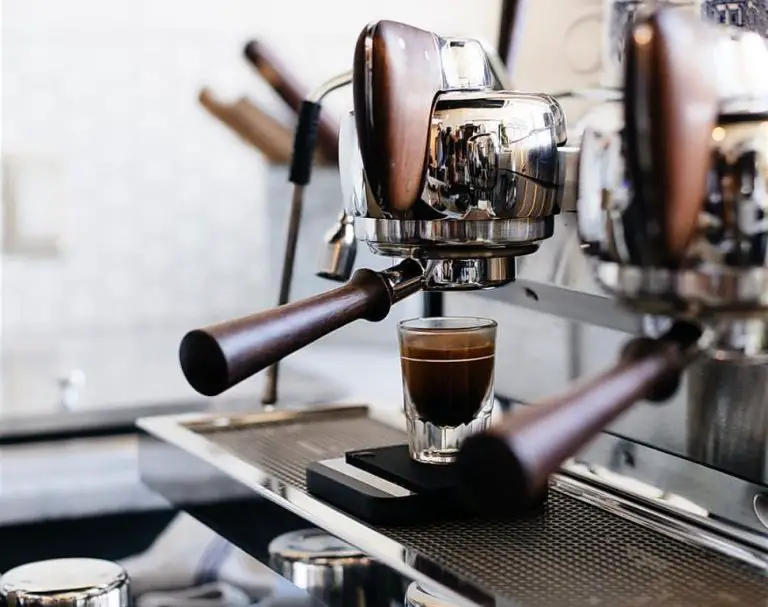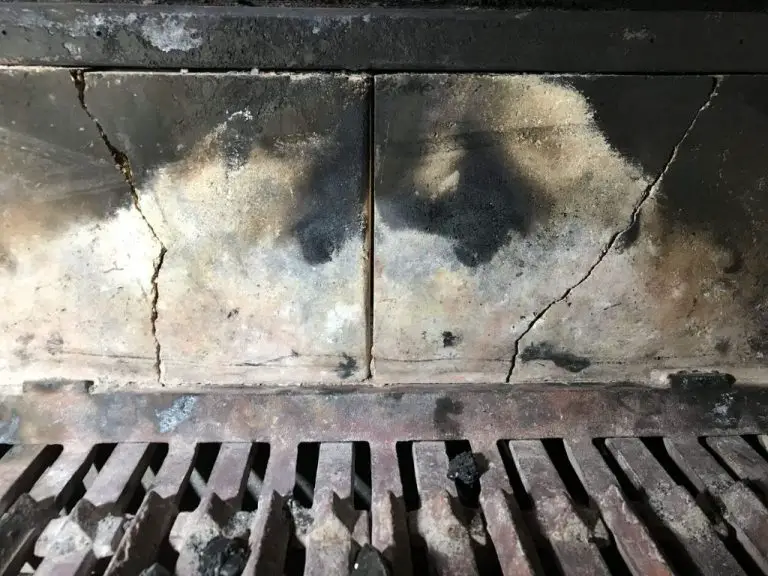What Is A Moldable Soil When Wet?
What is Moldable Soil?
Moldable soil is a type of earth material that can be shaped and molded when wet. When moldable soil dries, it hardens and retains its molded shape. The key property that makes soil moldable is its high clay content.
Clay is a very fine-grained natural material made up of tiny mineral particles. The composition of the clay particles allows them to bind together when wet and turn hard when dried. This gives clay the unique ability to be molded into shapes that retain their form.
In contrast to when wet, moldable clay soils become very hard and rigid when dried out. They lose their plasticity and malleability. However, simply re-wetting the clay allows it to become moldable again.
The most common types of moldable soils are clays such as kaolinite, montmorillonite, and illite. The specific mineral composition affects the exact properties of the clay. But all clays share that “plastic” moldable characteristic when mixed with water.
Uses for Moldable Soil
Moldable soils have been used for thousands of years to create useful and decorative objects. When mixed with water, these soils can be shaped and molded when wet, and then dried and cured to harden them. Some of the most common uses for moldable soils include:
Sculpting and Pottery – Moldable clays are the primary material used for sculpting and throwing pots on a pottery wheel. The clay can be shaped while wet, allowed to dry slowly, and then fired in a high temperature kiln to permanently harden it. Sculptors and ceramic artists exploit the plasticity and workability of moldable clays to create vast arrays of artistic objects, both functional and decorative.
Building Materials – Soils like clay, silt, sand, and straw can be combined to create moldable mixtures for construction. Adobe is sun-dried bricks made from clay and straw. Cob is made from clay, sand, straw, and water that is applied by the handful to build walls. Rammed earth uses damp subsoil that is compressed between forms to make structural walls and buildings. These natural building materials create sustainable, energy-efficient houses and structures.
Toys and Crafts – Moldable clays and homemade doughs are popular for child’s play. Children enjoy sculpting and shaping the clay to make creative objects. Natural clays like Play-Doh provide hours of open-ended play. Craft clays like polymer clay can be shaped and then hardened by baking in a home oven. Kids clay crafts develop fine motor skills and imagination.
Composition of Moldable Soils
The key to the moldability of these soils is their composition. Moldable soils contain a high percentage of clay minerals, generally over 20%. Clays have a fine particle size, with individual particles being less than 0.002 mm in diameter. This small particle size gives clays a high surface area relative to their volume, allowing them to absorb and retain significant amounts of water.
When wet, the clay particles attract water molecules, which causes the particles to slide over one another easily. The absorption of water separates the clay layers and allows them to become moldable. The clay minerals also have a flat, platy shape which allows the wet clay to be rolled, squished, or shaped without cracking or crumbling.
In addition to the high clay content, moldable soils also contain varying amounts of silt and sand particles. The silt and sand provide some structural stability, while the clay provides the plasticity when wet. This combination allows the soil to be shaped and retain its form once dried.
Clay Minerals in Moldable Soils
The clay minerals that give moldable soils their unique properties when wet include:
Montmorillonite
Montmorillonite has a high cation exchange capacity and swells greatly when wet. It is formed from the weathering of volcanic ash in seawater and is found in bentonite clays.
Illite
Illite is made up of thin, flexible clay sheets that bond together when wet. It has moderate swelling properties and is an important component in pottery clays.
Kaolinite
Kaolinite has a low cation exchange capacity and does not swell much when wet. It is formed from the chemical weathering of rocks like granite and makes up kaolin or china clay.
Chemistry of Moldable Soils
The unique chemistry of moldable soils like clay gives them their distinctive properties when wet. Three key chemical characteristics are particularly important:
Cation Exchange Capacity – The clay minerals in moldable soils have a high cation exchange capacity. This means their structure allows them to hold and exchange cations, which are positively charged ions. The cations help bind clay particles together.
Plasticity – Moldable soils are plastic when wet, meaning they can be deformed or molded without cracking or rupturing. This plasticity comes from the flat clay mineral particles sliding over one another as the clays absorb water.
Cohesion – Cohesion refers to the ability of clay particles to stick to one another. Moldable soils exhibit high cohesion when wet due to the cation exchange capacity and the polarity of water molecules, allowing them to be molded into shapes that hold together.
Geological Origins
Moldable soils such as clay originate from two main geological processes: residual weathering of rocks and transportation by water.
Residual clays form directly from the chemical weathering and gradual disintegration of igneous, metamorphic and sedimentary rocks. As rocks break down over time, the particles become finer. Clay sized particles (less than 0.002mm in diameter) accumulate as a residual deposit known as residual clay. The type of original rock determines the exact mineral composition and properties of the residual clay.
Transported clays originate when rocks weather and enter rivers, streams or oceans as suspended sediment. Larger particles settle first, while the finest clay particles can be transported long distances before settling out in low energy environments like lakes, estuaries or deep ocean basins. Common parent rocks for transported clays include volcanic ash and granite.
Both residual and transported clays accumulate in depositional environments over geological timescales to form clay deposits suitable for use in moldable soils and ceramics.
Locations and Types
Moldable soils are found in certain types of geological deposits around the world. The most common deposits are sedimentary clays and soils weathered from igneous or metamorphic parent material.
Some major deposits include:
- The London Clay Formation in southern England
- The Boom Clay deposit in Belgium
- Kaolin clays in south-eastern USA
- Red clay deposits in the Yangtze River Delta in China
- Alluvial clay deposits along major rivers like the Nile and the Ganges
There are also many unique local varieties of moldable soils that potters have used for centuries, like the terracotta clays of Impruneta, Italy or the black clays of Yixing, China. The specific mineral composition and geology of each deposit imparts distinct working properties and firing characteristics.
Working with Moldable Soils
To work properly with moldable clays and soils, there are some key preparation steps and working techniques to follow.
Firstly, wedging or kneading is critical to prepare clay for throwing and handbuilding. This involves cutting blocks of clay in half, slamming and kneading them together to form a uniform lump free of air bubbles. Wedging aligns the clay particles and removes trapped air. It makes the clay more plastic and workable.
Secondly, maintaining the right moisture content is essential. Clay straight from the bag is often too dry. A balance of adding water while wedging until the clay is smooth, elastic, and flexible without being sticky is ideal. The clay should form into a ball without cracks. Wrapping clay in plastic after wedging helps keep moisture even.
Thirdly, proper clay storage and reuse is important. Leftover clay should be wrapped in plastic or stored in airtight containers to maintain moisture. Reconditioning leftover clay involves re-wedging with some water before reuse. Allowing clay to dry out makes it difficult to revive. With care, moldable clays can be reused many times with rewedging and moisture monitoring.
Firing and Baking
Proper firing is essential for creating finished pieces with moldable clays that are durable and hold their shape. There are several key temperatures and techniques involved in the firing process:
Bisque Firing: The initial bisque firing is done at lower temperatures, typically in the range of 1600-2100°F. Bisque firing chemically and physically alters the clay body to convert it into a permanent ceramic material. It prepares the piece for subsequent glazing and finishing steps. Slow ramp up and cool down rates are used to prevent cracking and warping.
Glazing: Glazes provide the glassy coating on finished ceramic ware. Glazes melt and fuse to the bisque body during a second higher temperature firing. Typical glaze firings range from 2200-2400°F. Glazes come in endless colors and finishes like glossy, satin, matte, metallic, cracking, and more. They can be brushed, dipped, poured, or sprayed onto bisque pieces.
Additional finishing techniques like carving, burnishing, sanding, and burnishing can be done before glaze firing to alter the surface quality. The glaze firing permanently sets the glaze and finishing effects.
Notable Artists and Works
Moldable soils have been used to create art and architecture for thousands of years across many cultures. Some of the most famous ceramic artists and cultures that have worked with moldable clays include:
- The ancient Greeks were renowned for their iconic red and black figure pottery, depicting scenes from mythology and daily life.
- Tang dynasty Chinese potters (618-907 AD) perfected thin, glazed porcelain wares often decorated with nature scenes.
- The Maya civilization produced brightly painted pottery vessels and figurines from moldable clays.
- Native American Pueblo peoples handbuilt clay objects and structures, passing down techniques across generations.
- renowned potters like Bernard Leach and Shoji Hamada led the mingei folk craft movement in Japan.
In architecture, the Great Mosque of Djenné in Mali is one of the largest mudbrick or adobe structures in the world. Its unique appearance comes from mud plaster that requires annual maintenance and repairs by local masons using traditional techniques.



